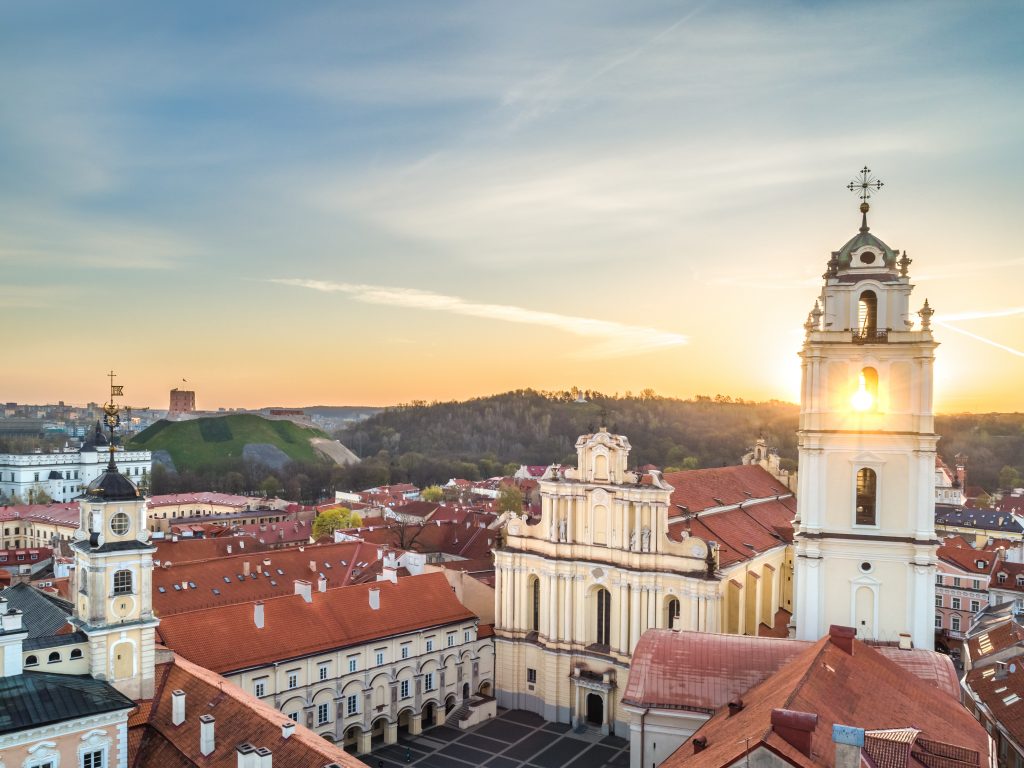
“God save us from wars, plagues and famine,” prayed the ancient Lithuanians. The 18th century brought several disasters to Lithuania: the year 1700 saw the start of the Great Northern War with Sweden and the century ended with the two partitions of the Commonwealth, which eliminated any remains of statehood and brought Lithuania under the occupation of the Russian Empire. During the period between these two wars, the capital city was struck by famine, plague and fires.
However, hardships are always followed by rays of light. The 18th century may also be considered the century marking the cultural rise of Vilnius – at the time, the city was one of the biggest in Central Europe. The most famous European scientists lived and worked here. After several fires, Vilnius developed the new face that we know well today – the first botanical gardens of Vilnius University were in bloom and city dwellers enjoyed music and new performances. Scientists from the new observatory explored stars and the Vilna Gaon (Elijah of Vilna) helped the city gain its reputation as the Jerusalem of the North.
In the 18th century, residents of Vilnius were interested in and followed every invention in Europe as well as the ideas of the Age of Enlightenment, which helped lay the foundation for the modern city and state. In fact, Vilnius can be proud of drafting the first written Constitution in Europe and hosting the first secular ministry of education in Europe. Thus, even big disasters couldn’t prevent the city from shining.
